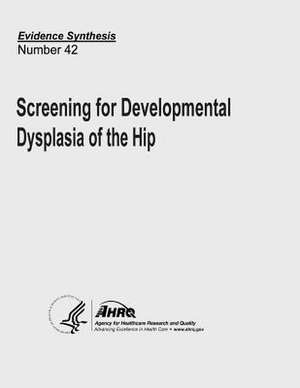Screening for Developmental Dysplasia of the Hip
Autor U. S. Department of Heal Human Services, Agency for Healthcare Resea And Qualityen Limba Engleză Paperback
Preț: 123.96 lei
Preț vechi: 130.48 lei
-5% Nou
Puncte Express: 186
Preț estimativ în valută:
23.73€ • 25.78$ • 19.94£
23.73€ • 25.78$ • 19.94£
Carte disponibilă
Livrare economică 31 martie-14 aprilie
Preluare comenzi: 021 569.72.76
Specificații
ISBN-13: 9781490596464
ISBN-10: 1490596461
Pagini: 104
Dimensiuni: 216 x 279 x 6 mm
Greutate: 0.26 kg
Editura: CREATESPACE
ISBN-10: 1490596461
Pagini: 104
Dimensiuni: 216 x 279 x 6 mm
Greutate: 0.26 kg
Editura: CREATESPACE
